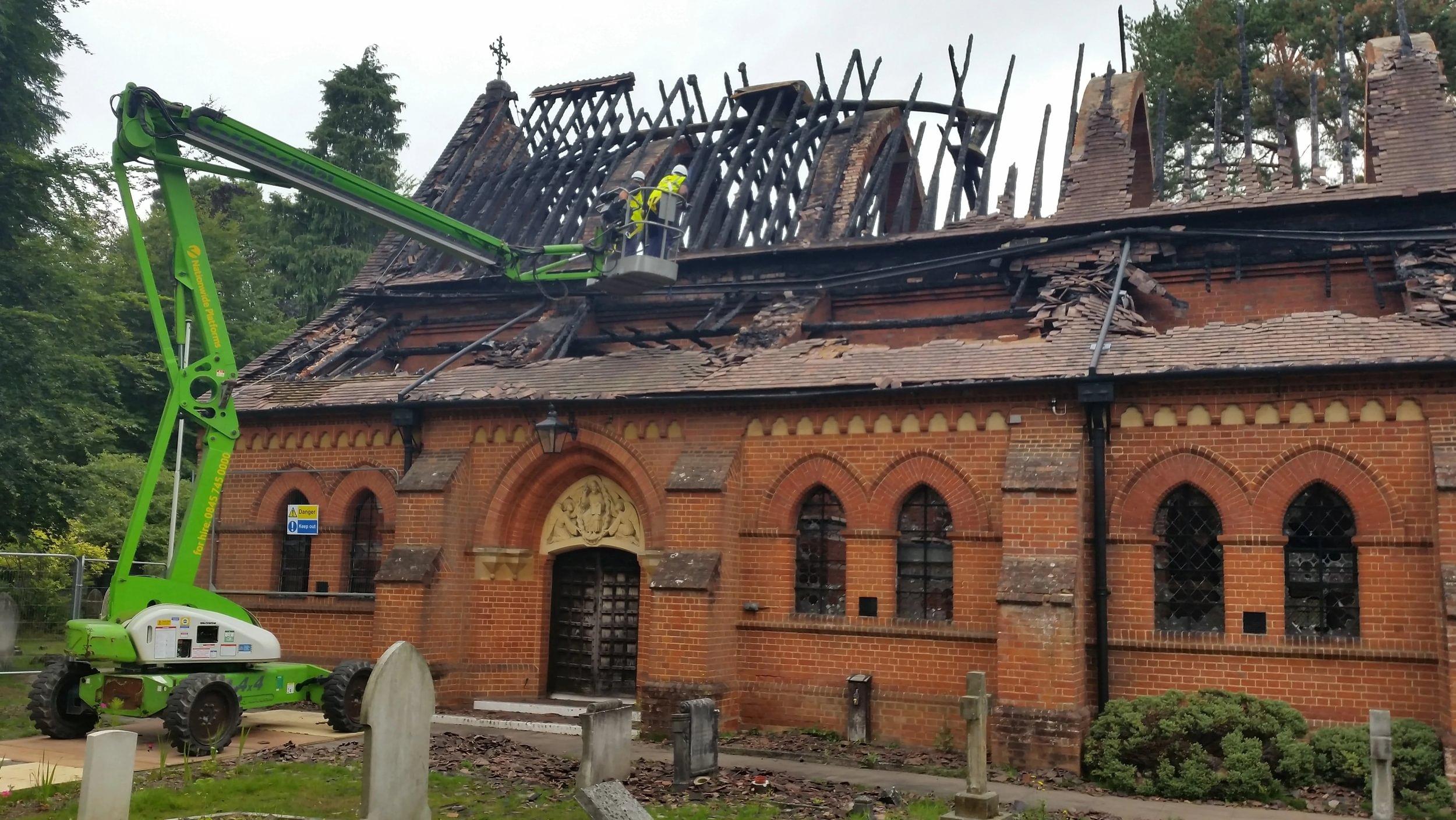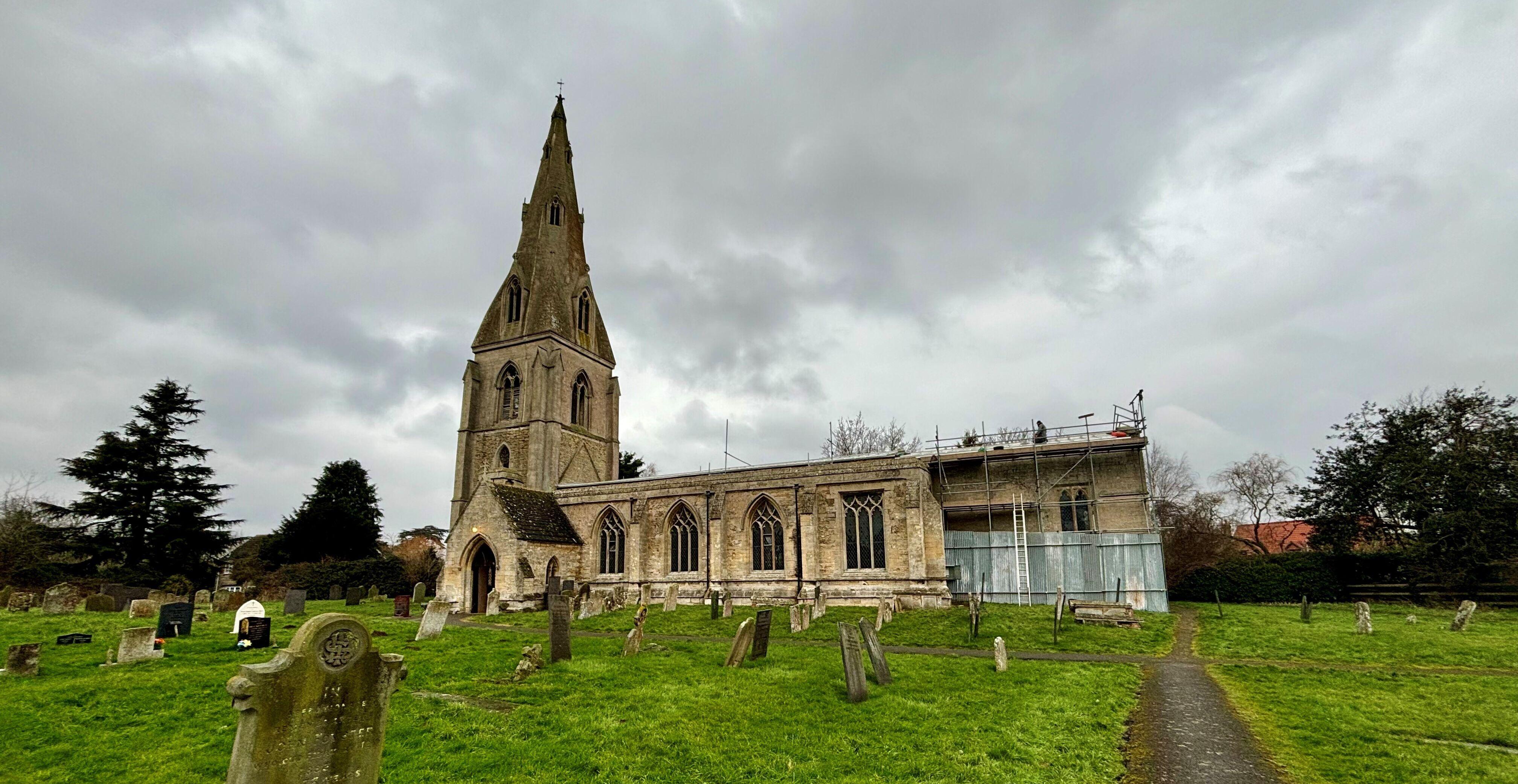Last week, the Countryside Alliance published new research showing that, on average, at least eight crimes took place at churches every day from 2022-2024. The statistics are sadly no surprise. And now, through no fault of their own, repair costs to fix the damage will be up to 20 percent more expensive for listed churches.
More about the research
Obtaining their figures through Freedom of Information requests, the Countryside Alliance was able to find out that there were 9,148 records of theft, burglary, criminal damage, vandalism and assault taking place at a church from January 2022-December 2024.
The breakdown of this was:
- 3,758 thefts and burglaries, not including 179 lead and metal thefts,
- 3,237 incidents of criminal damage, vandalism and arson,
- 1,974 cases of violence.
The results are likely to be much higher, as only 43 out of 45 police forces responded to the requests by the Countryside Alliance and only 33 of these provided figures.
Unaffordable costs
“Churches sadly bear an additional burden after any attack as repair costs fall squarely on the shoulders of the congregation and local people to pay for,” explains Claire Walker, Chief Executive of the National Churches Trust.
“A new roof after a lead theft can set a church back tens or even hundreds of thousands of pounds, depending on the damage and can take many years to fundraise for.
“Churches all over the UK are already facing an uphill battle as their repairs costs have increased by up to 20 percent since the Government made changes to The Listed Places of Worship Grants Scheme. Repairs because of vandalism and theft were already unaffordable for many churches – they now could become almost impossible to find the funds for.
“If the Government doesn’t make The Listed Places of Worship Grants Scheme permanent and remove the devastating cap it imposed, then we are very likely to see even more churches fall into disrepair and close because they simply cannot afford to stay open.”
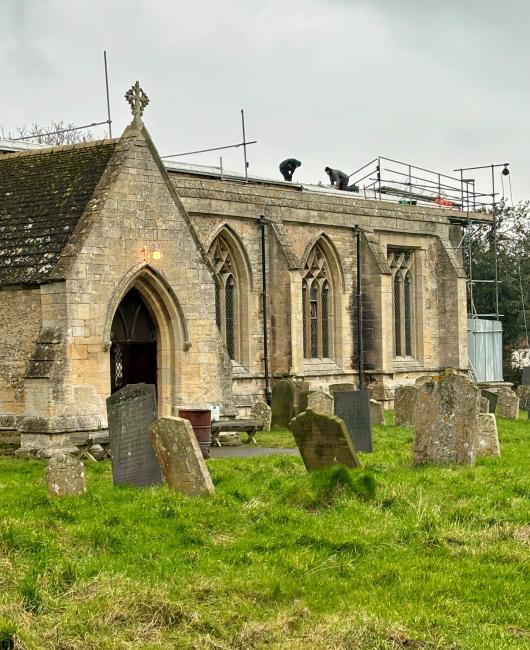
Protecting churches
“The added danger following this research is that people will see locking up their churches as the solution to prevent vandalism,” continues Claire Walker.
“But one of the best ways of preventing heritage crime at churches is to have them open during the day. Professional thieves can easily gain access to a locked church, whereas they will hesitate to enter an unlocked one, as they are very likely to be disturbed. Vandalism has been shown to reduce in both urban and rural areas when churches open their doors during the week.
“Keeping churches open helps to engage the local community with the building. By far the biggest asset in keeping a church safe and secure is the many eyes and ears of the local people. If a church is open and welcoming, local people will be alert to what is happening when they go past, or even pop inside to keep an eye on things.”
The National Churches Trust has church support officers, based in every nation of the UK, who provide advice for churches, chapels, meeting houses and cathedrals on how they can keep their building safe. This also includes practical tips with fundraising for repair costs and planning advice for repair projects following theft or vandalism.
We also signpost to other organisations that can help. This includes partnering with Ecclesiastical Insurance, who are running two online training sessions for churches next month, on how churches can stay safe and what to do if a disaster happens.
The very real implications of lead theft – hear from two churches we’ve supported
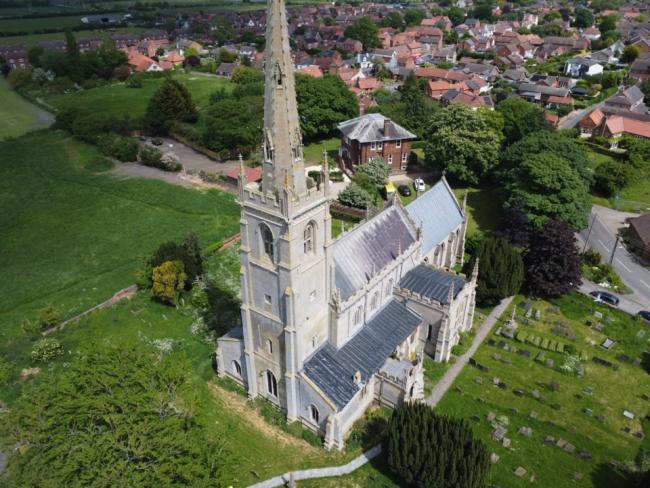
Lincolnshire church could have been forced to close following lead theft
It took five years for St Peter, in Claypole North & South, Lincolnshire, to raise funds for a permanent roof, following a lead theft in 2019.
The Grade I Listed church put a temporary roof of PVC sheeting up until funds could be raised for a permanent solution. But PVC does not last, and time was on to raise the money needed. Water began leaking into the church.
The church was able to complete their roof repairs in 2024, in part thanks to a National Churches Trust grant. If they were forced to wait even another year, St Peter church told us that it was likely the church would have to be closed on a permanent basis until a safety assessment could be carried out.
“It has taken a huge amount of effort since the lead theft in 2019 to fundraise the significant sums required to repair such a historic building,” Oliver Phillips, Treasurer at St Peter’s, told us in 2023 after receiving a grant from us.
“The impact of Covid 19 on our ability to hold regular fundraising events has made our efforts even more challenging and it is a testament to the hard work of our volunteers, from all backgrounds and faiths, that the community has been able to support St Peters to achieve this milestone.”
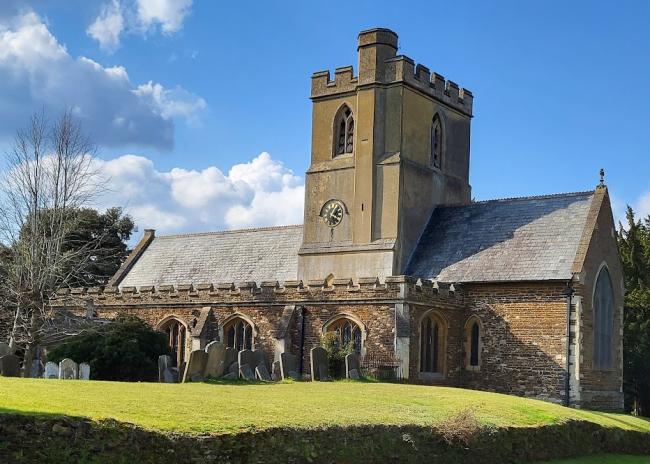
"At risk of collapsing"
St Mary in Great Brickhill, Buckinghamshire was subject to a series of devastating lead theft between 2014 and 2016. All of the lead was stolen, and the church – at a cost – put up a temporary roof until they could raise the money for a permanent solution.
What was even more devastating was that the church had already completed extensive roof repairs in 2007. Roof repairs often only take place once-in-a-generation or potentially longer. This repair bill was a staggering £350,000 for a new roof.
While they were fundraising, the temporary roof was failing. At times of heavy rainfall, buckets were needed in the church.
The National Churches Trust helped save St Mary church through giving grants to enable a new roof for the Grade II* church, which dates back to the 13th century.
“In carrying out the roof repairs, it will mean we will no longer have to put buckets out each time it rains!” shared Phillipa Cook, Great Brickhill Parochial Council Secretary and Project Coordinator, at the time of receiving a grant from us.
“A number of ceiling panels are at risk of collapsing; one already having done so. Each time it has rained during this incredibly wet period, further damage has been caused to the ceiling panels and also to the walls. Any delay in replacing the temporary covering of felt with terne coated steel would have increased the possibility of having to close the church and suspend all services and activities.”
The future of church buildings
Churches are home to parent and toddler groups, most of the nation’s food banks, mental health support and more. Our The House of Good: Health research shows it would cost the NHS at least £8.4 billion to offer this same help. Churches also provide a huge boost to the tourism industry, attracting visitors from all over the world to these beautiful buildings.
We want to see church buildings open, thriving and protected. We must all work together, so that churches can be kept safe from theft and vandalism. We also need to ensure that there is proper funding available for churches – some of nation’s most important buildings – so that they can recover when the worst happens and continue to be at the heart of their communities for generations to come.

